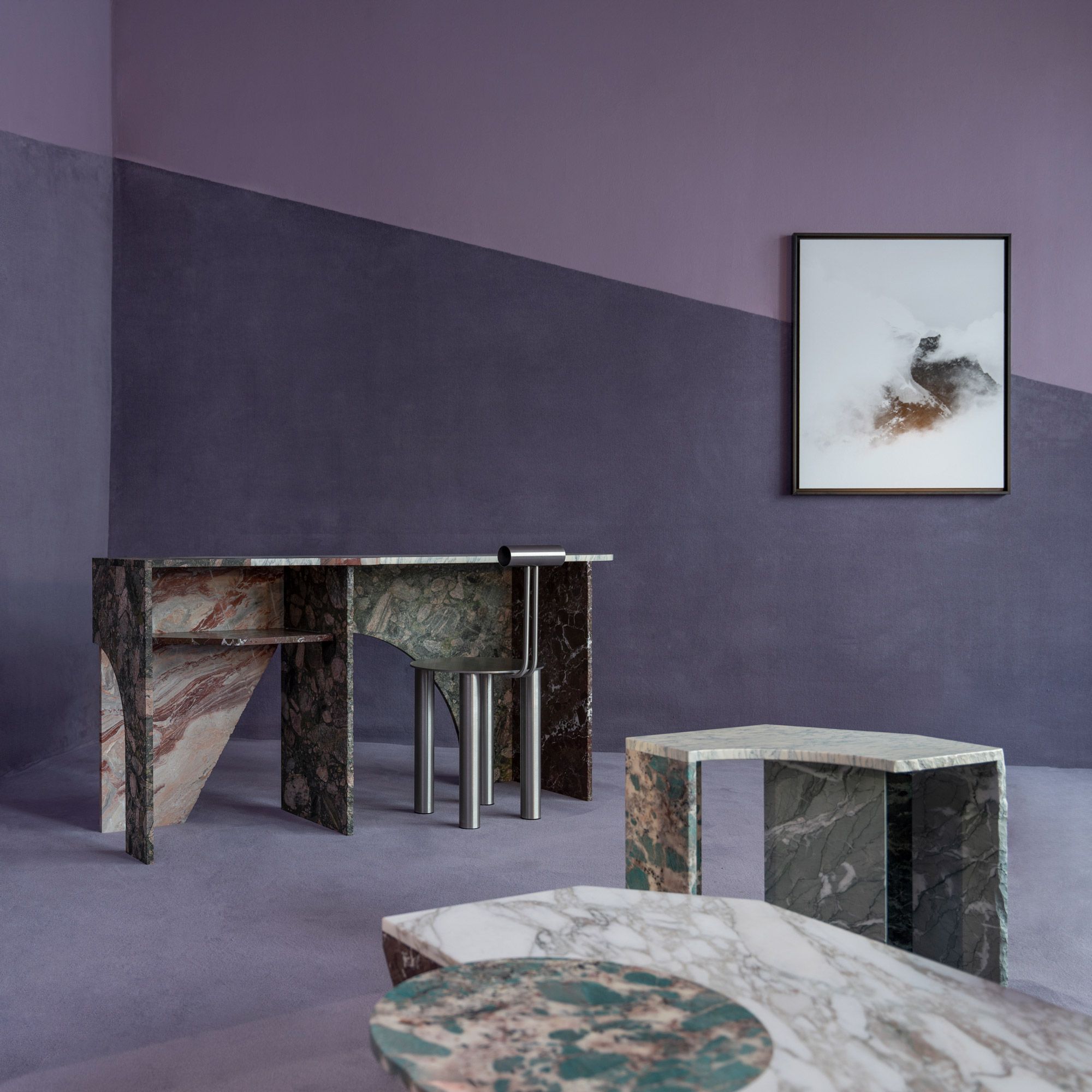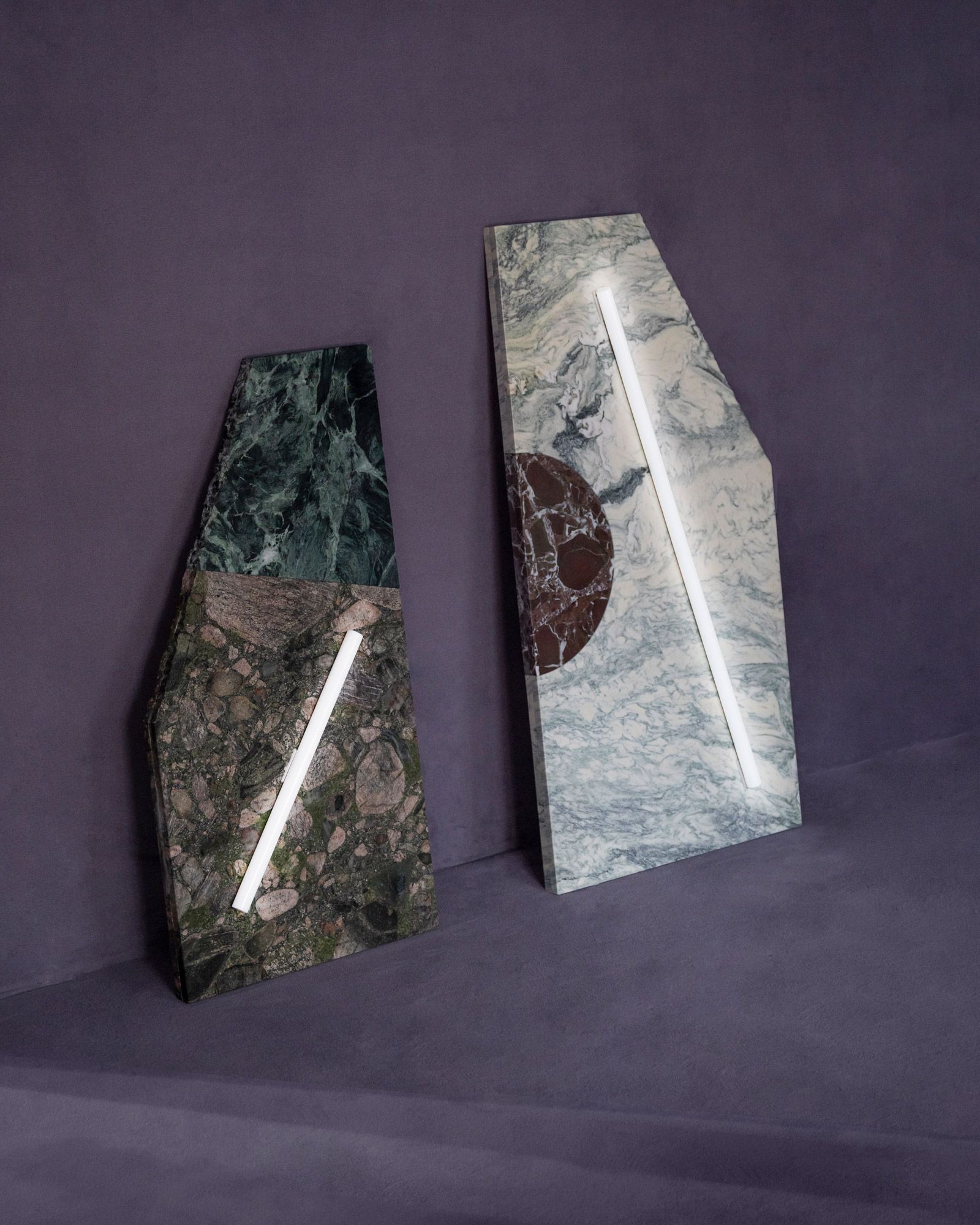Talents
Close ×Studiopepe is a design studio founded by Arianna Lelli Mami and Chiara Di Pinto in Milan in 2006. Studiopepe focuses on design and research using a multidisciplinary approach that includes architectural and interior design (retail, hotels, and private commissions), product design, and creative direction.
Their design language is layered and eclectic, combining poetic vision with disciplined design. The Studio's themes include art, installations, the study of formal archetypes, material experiments, and the interaction between opposites.
ARIANNA LELLI MAMI
Arianna has an Interior Design degree from Politecnico di Milano. She has always been fascinated by how people live and inhabit space, and she approaches design from a non-schematic perspective. She collects objects trouvés, which she then re-explores and uses to create installations that frequently inspire ideas for the agency.
CHIARA DI PINTO
Chiara graduated from Politecnico di Milano with a degree in Industrial Design following her study in fine arts. She began working as an interior stylist and journalist for numerous Italian and international magazines in 1996. Pinto has always had a strong interest in materials, shapes, and colors, which contributed to her artistic career; her approach to design and her love of research are instinctive and endless.
Ritagli
Ritagli is a series featuring design pieces made of marble debris, an exploration of the matter with a strong focus on the theme of sustainability through the selection of natural materials, easily recyclable or production waste.
The different materials are selected and paired by assonance and dissonance, creating mixtures of marbles between rough and finished surfaces. The collection includes a console, a chair, two lamps and three side tables. The inspiration for this project came from a reflection on randomness and the concept of full and empty.
Ritagliare (to cut out) suggests the concept of emptiness. It is possible to have a pleasant experience of emptiness through artistic forms that display the emptiness from which it emerges, the space that distinguishes and characterizes it, rather than representing the object. Randomness, the aesthetics of chance and the Dadaist “ready-made” are the other elements investigated in this project. Dadaism's rejection of rationality is provocative, and serves as a justification for breaking the rules of art and, in this case, design.


DISCOVER THE COLLECTION